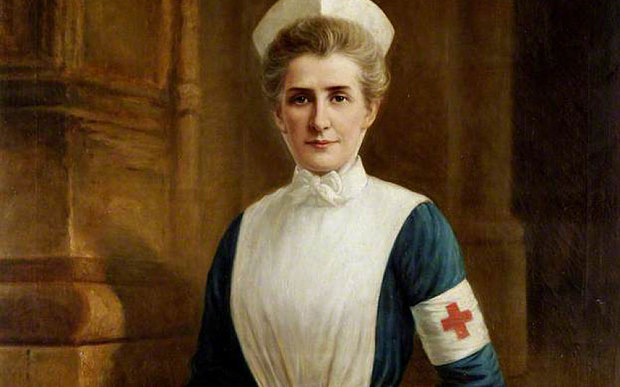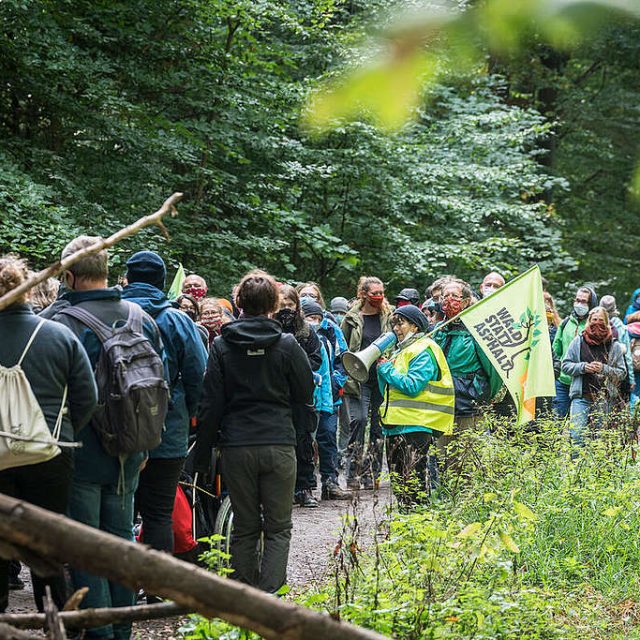It’s a good trivia quiz question: what’s the connection between Belgium and the UK city of Norwich?
The answer will probably elude all but those most familiar with the relationship between the two … the canary.
Yes, it’s true: the town’s football club, otherwise known as The Canaries and now back in the English Premier League, has Belgium to thank for its nickname.
Actually, links between the two began with fish, not the small songbird, and flourished in the 13th century when wool was exported through the Norfolk Broads to the weavers of Flanders. At that time Norfolk was at the forefront of mercantile trade in Britain – the county had one of the highest populations in the country, and Norwich was a wealthy city, second only to London.
Although the Dutch and Walloon ‘Strangers’, invited to Norwich in 1565 by Queen Elizabeth I, are the best-known of the Low Countries’ immigrants, the first Flemings were invited to Norfolk in 1338.
In the 15th century, protectionist tariffs, taxation and wars promoted domestic cloth-making – assisted in the 1560s by refugee Flemish weavers fleeing the Inquisition in the Spanish Netherlands, who brought with them their now-famous Canaries, remembered today in the nickname of Norwich City Football Club.
Among those from Flanders were descendants of US Founding Father, Benjamin Franklin.
By the end of the 16th century there were over 4,000 Protestant Flemish and Dutch refugees in Norwich, accounting for almost a third of the population but Norfolk’s prosperous links with Belgium and the Continent waned with the coming of the Industrial Revolution
Even so, today, the Canaries aren’t the only influences the city and county retains: Flemish architecture, such as gable ends, can be found across Norfolk and Norwich was the final resting place of someone many Belgians will be familiar with: Edith Cavell. Born near Norwich, she was the pioneer of professional nursing training in Belgium before WW1. During the war she both nursed wounded Germans and gave shelter to Allied soldiers caught behind enemy lines: helping them to escape to neutral territory for which she was executed by the occupying German authorities in 1915.

Her grave is in the grounds of Norwich Cathedral, one of the city’s must-see visitor attractions. A Norwich icon, the beautiful 900 year old Romanesque cathedral bursts at the seams with history. Set in 44 acres with gardens, a herb garden, sculpture and the largest Close and monastic cloisters in the country, no visit to Norwich is complete without a visit here. Entry is free and a free interior tour is recommended to fully appreciate its beauty.
Another top attraction is Norwich Castle Museum & Art Gallery which sits proudly on its mound high above the city, just a few years older than the Cathedral. Building was started by the Normans in 1067 and, in 1094, William II began work on the stone keep. Following his death in 1100 his brother Henry I took until 1121 to finish it. The museum houses all matter of artefacts from Saxon gold hoards and jewellery, to a vast collection of tea pots and stunning natural history displays. There are frequent special exhibitions, tours, talks and activities plus battlements and a dungeon.
The castle Keep is undergoing a £13million re-development which will see it restored to its medieval status and make the Castle one of the most important medieval castles in Europe when it opens in 2020.
Strangers’ Hall, another place worth seeing, earned its named from the Flemish and Walloon refugees that settled in Norwich in the late 16th century, some of whom stayed in the hall. Its history is fascinating, but it’s the content of its period rooms that is arguably of most interest today.

A couple of other local places of interest are the city’s market, dating back 900 years and voted the “Best Large Outdoor Market in Britain by Great British Market Awards 2019, and Jarrolds, the city’s only independent department store which has been trading since 1823. Nearby is Norwich Lanes, a miscellany of narrow streets and a haven of independent shops.
After expending all that energy, you’ll most likely have worked up an appetite and a great local spot to sate any hunger is The Ivy Brasserie which offers an elegant dining option in the heart of Norwich’s bustling city centre. Open seven days a week and featuring extensive all-day menus and a beautiful bar, it boasts sophisticated yet relaxed all-day dining for locals and visitors alike. The brasserie accommodates up to 149 guests across the main restaurant, bar and terrace, and holds back a number of tables each day for walk-ins, allowing locals to drop-in at any time of day.
The terrific menu offers accessible, modern British classics for breakfast, weekend brunch, lunch, afternoon tea and dinner. Menus include signature dishes such as The Ivy Collection shepherd’s pie, a customer favourite, a truffle chicken sandwich and grilled fish, as well as light and healthy brunch options, delicious afternoon teas and an extensive choice of drinks crafted in the local area including Bure Gold and Wherry Amber Ale, brewed by Woodforde’s in Woodbastwick, both of which boast fresh and zesty notes including grapefruit, passionfruit and orange. Its extensive cocktail list features drinks inspired by the local area, including an Iceni Martini and Felbrigg Gardens with Norfolk’s Boadicea Gin.
This fine restaurant features eye-catching yet refined interiors designed by the acclaimed Martin Brudnizki Design Studio, with the brasserie’s signature green colour palette sitting against striking leather banquettes, polished marble floors and bronzed antiques.
For those who want to venture a bit out of the city, try a visit to Roarr!, a very pleasant family adventure park set in 85 acres and winner of the 2018 Best Attraction in Norfolk award.
There are about 12m trips (day and staying) to the city annually and it’s never been a better time to discover Norwich, not least as it has just relaunched itself as “the City of Stories” as part of ambitious and ongoing efforts to put the city on the map as a top UK tourist and business destination.
The blurb states that “We’re a city that celebrates the independent, stimulates creativity, promotes change and encourages diversity” and that’s an apt description.
A VisitNorwich spokesman said, “Now is the right time to introduce a fresh look across the city ahead of an incredible year of events taking place in 2020.”
Getting to Norwich and Norfolk from Brussels and the rest of Belgium couldn’t be easier with the leading ferry operator DFDS a popular choice for travellers from here and mainland Europe.
Northern Europe’s largest shipping and logistics company, DFDS is an award winner (a former winner of the world’s leading ferry operator in the World Travel Awards) and has enjoyed a huge rise in freight traffic and passenger volumes on the Dover-Calais and Dover-Dunkirk routes.
DFDS offer daily cross channel ferry services and operates 30 daily sailings from Dover to Calais all year round and 24 a day from Dover to Dunkirk. For a small extra charge you can upgrade to enjoy the delightful and peaceful on-board lounge and the very useful priority boarding.
With its great Belgian-linked heritage, historic and quirky places to see and fabulous food this year, surely, is the time to pay a visit to Norwich. Don’t leave without popping into the “Belgian Monk”, a city centre pub selling only Belgian beers (and mussels)!
For Belgians this may be a relatively unknown corner of England but it’s one you’ve probably already imagined in your travel fantasies and is well worth (re)discovering.




